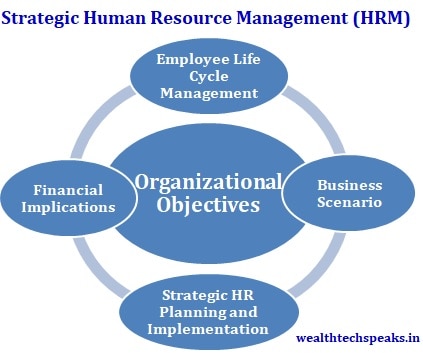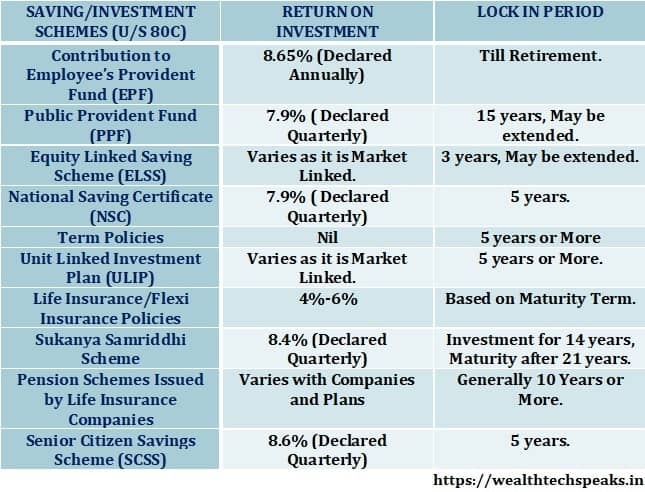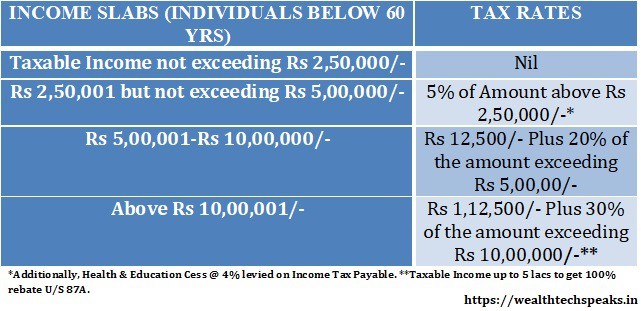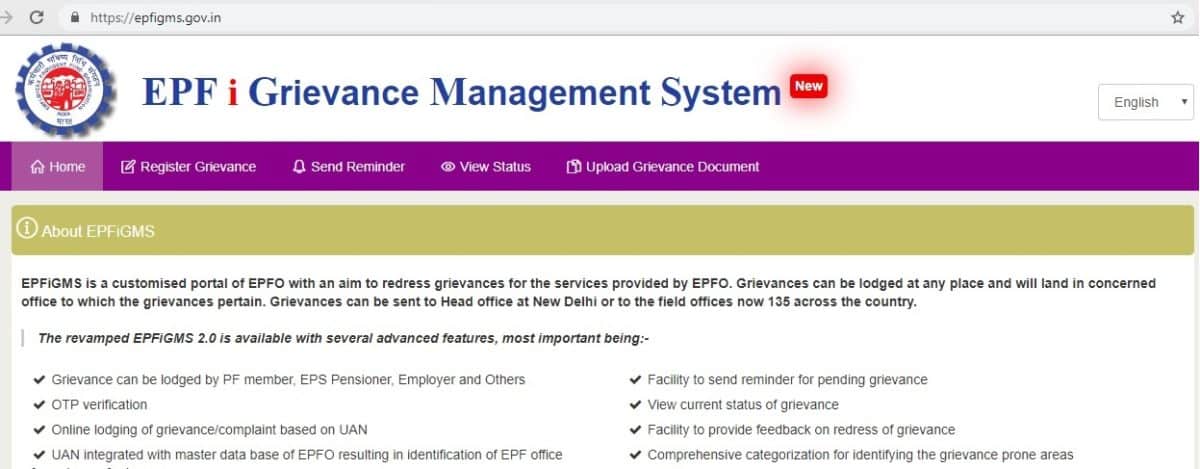
National Pension Scheme (NPS): Government Model
- Posted By Amritesh
- On January 15th, 2019
- Comments: 7 responses
National Pension Scheme (NPS) was introduced for the Central Government Employees (except armed forces) and State Government Employees (as per the date notified by the State Government) joining service on or after 1st January 2004. National Pension Scheme (NPS) comprises of two Funds, Tier-1 & Tier-2, wherein contribution to Tier-1 is mandatory for all Government Employees, whereas contribution to Tier-2 fund is optional for the Subscribers. National Pension Scheme (NPS) has replaced the Government Provident Fund (GPF). NPS is expected to provide better return in the long run as the investment is diversified into various asset class.
National Pension Scheme (NPS): All Citizen Model
Respective Employee as well as the Government contributes to the Fund, investment/deposits and returns are accumulated in the Tier-1 account of the NPS Fund (with restricted withdrawal facility).
National Pension Scheme (NPS) was introduced on 1st January, 2004 by the Government for Central (except armed forces) and State Government Employees (post date of notification by the respective State Government) joining service after the introduction of NPS. The Government as well as the Employees contribute towards the National Pension Scheme (NPS), the contribution of the Employee is restricted to 10% of the Basic plus Dearness Allowance (DA) while the Central Government contributes 14% to the fund(recently raised from 10%, however, the date of implementation is yet to be announced). It is expected to start from the next Financial Year 2019-20.
Amendments to National Pension Scheme (NPS) For Central Government Employees
Amendments announced on 10th December, 2018, same is expected to be notified and introduced from the next Financial Year 2019-20.
#Centre Government to contribute 14% (enhanced from 10%) of the basic salary to the National Pension Scheme (NPS). The employees’ contribution will continue to be capped at 10%.
#Withdrawal Amount (60% of the total fund) to be tax free for the Individuals contributing to National Pension Scheme (NPS). Thus entire NPS corpus is tax free at the hands of the Subscribers. This is applicable to Government as well as Private Subscribers. However, Monthly pension (annuity) received from the remaining 40% of NPS used to purchase Annuity plan remains taxable.
#Contribution by Government Employees to National Pension Scheme (NPS), Tier II Fund will now be covered under Section 80C for tax deduction up to Rs 1.5 lakh, along with lock in period for 3 years.
#Increase in allocation to Equity Fund for the Government Employees.
#Government Employees allowed to choose their respective Fund Manager from the 8 Pension Fund Managers (PFM).
Application For National Pension Scheme (NPS) Government Model
Central Government Employees may subscribe to National Pension Scheme (NPS) Tier-1 Fund in the following manner;
Duly filled S1 Form to the Drawing and Disbursing Officer (DDO) or equivalent offices.
Drawing and Disbursing Officer (DDO) will be required to provide and certify the Employment details of the concerned employee. Following which the DDO will forward the form to the respective Pay and Accounts Office (PAO)/District Treasury Officer (DTO).
Form needs to be forwarded to the Central Recordkeeping Agency (CRA).
It is mandatory for the Central Government Employees to complete the contribution process to National Pension Scheme (NPS).
Tax Benefit on National Pension Scheme (NPS) Government Model
Tax Deduction is available on contribution made to the National Pension Scheme (NPS). Income Tax Benefit is available under following sections;
Employers Contribution to National Pension Scheme (NPS): Under Section 80 CCD (2) contribution up to 10% of the Basic Salary (Basic plus DA) is available as income tax deduction. This is up and above the deduction available under Section 80C. (For Government Employees, Employers contribution up to 14% is eligible for Deduction)
Employees’ Contribution to National Pension Scheme (NPS): Contribution up to 10% of the basic salary by an employee to National Pension Scheme (NPS) is eligible for tax deduction under section 80 CCD (1) (within 80C) of the Income Tax Act. This is within the specified limit of 1.50 lacs.
Tax Benefit Under Section 80 CCD (1B): Subscriber to National Pension Scheme (NPS) is also eligible for additional deduction under Section 80 CCD (1B) upto maximum of Rs 50,000/- over and above the deduction available under 80 CCD (1).
Tax Benefit on Contribution to Tier-II Fund: Central Government Employees investing in Tier II Fund of the National Pension Scheme (NPS), may also enjoy tax deductions benefit within the limit specified under 80C (within the limit of Rs 1.5 lakhs). But the tax benefit will be available from the Financial Year 2019-2020.
Investing in Tier-II Account of National Pension Scheme (NPS)
Existing Subscribers may open the Tier-II through the nearest Point of Presence-Service Provider (POP-SP) or online via e-NPS. Relevant details pertaining to the PRAN ID, PAN, along with any additional document (if required) needs to produced for opening the account. Subscriber also has to make an initial contribution of Rs 1000/- to open the account.
For Tier-II Account, Central Government Employees have the liberty to choose from 8 Pension Fund Managers (PFM), including percentage allocation of Fund to different Asset Classes. Following are the 8 PFMs.
SBI Pension Fund
UTI Retirement Solutions
LIC Pension Fund
ICICI Prudential Pension Fund
Kotak Mahindra Pension Fund Limited
Reliance Capital Pension Fund Limited
Birla Sunlife Pension Scheme
HDFC Pension Fund
Subscriber is allowed to change the investment preference once, every financial year.
Contribution to National Pension Scheme (NPS) Government Model
Central Government contributes 10% (raised to 14%) of basic salary to the NPS account (Tier-1) of the respective employee. Employee also contributes 10% of the basic salary to the respective account. However, Employee if so wishes, may contribute additionally to the NPS.
Employee may also contribute to the National Pension Scheme, Tier-II account for investment purpose. Subscriber may voluntarily contribute to the Tier-II account of NPS. However, Government does not contribute to the Fund.
Choice of Investment in National Pension Scheme (NPS) Government Model
Employees do not have much liberty to choose the Fund Managers and distribution of funds to the respective categories. However, soon this is expected to change and Individuals will be able to choose their Fund Managers and allocation of investment to the different asset class. Central Government has recently allowed the Subscribers the option to choose from the 8 Pension Fund Managers (PFMs). Currently, the Contribution is being proportionately managed by the 3 PFMs.
Eight PFMs under National Pension Scheme (NPS)
SBI Pension Fund
UTI Retirement Solutions
LIC Pension Fund
ICICI Prudential Pension Fund
Kotak Mahindra Pension Fund Limited
Reliance Capital Pension Fund Limited
Birla Sunlife Pension Scheme
HDFC Pension Fund
Currently, Pension Fund Managers (PFM) allocate 85% of investment in Fixed Return Instruments while the rest 15% is allocated to the Equity Fund/Equity Linked Mutual Funds. However, Subscribers will be soon be able to allocate up to 50% of the contribution to the Equity/Equity Linked Mutual Fund. Under the New Plan, Central Government Employees will have the option to select from any of the following 4 plans under NPS.
#Investment in Equity to be capped at 0%, 15% (existing default plan), 25% and 50%. Based on the preference of the Subscriber, fund will be allocated to the respective Asset Class.
#In case the Subscriber chooses to convert the entire NPS corpus into Annuity, he/she will guaranteed a minimum pension equal to 50% of last drawn Basic Salary.
State Government need to adopt these reforms so that same is applicable to respective State Government NPS.
Withdrawal and Exit from National Pension Scheme (NPS)
Subscriber exits the NPS on closure of the primary pension account (Tier-1).
Subscriber may exit the NPS under following conditions:
Superannuation: On attaining 60 years of age, Subscriber will be required to use atleast 40% of the NPS Corpus to purchase an annuity which would ensure monthly pension. Remaining 60% may be withdrawn as lumpsum by the Subscriber.
In case, the accumulated corpus is less than Rs 2 lacs, Subscriber may withdraw the entire corpus.
Pre-Mature Withdrawal: Early exit from the scheme is possible. However, 80% of the accumulated corpus is to be utilized to purchase an annuity plan for regular pension, rest may be withdrawn as lumpsum.
In case, the accumulated corpus is less than Rs 1 lac, Subscriber may withdraw the entire corpus.
Death of Subscriber: At least 80% of the accumulated NPS corpus should be used to purchase an annuity providing monthly pension to the Spouse, the balance is paid as lump sum to the nominee/heir.
In case, the accumulated corpus is less than Rs 1 lac, entire proceeds would be paid to the nominee/legal heir of the Subscriber.
Subscriber may continue to invest in NPS till the age of 70. In case Subscriber wants to defer the lump sum withdrawal, or annuity or both, option is available to exercise the same. The formalities should be completed with the stipulated time frame (6 months).
Conditions for Partial Withdrawal Under NPS
Subscriber should have completed 10 years as member of NPS to be eligible for Withdrawal.
Subscriber may withdraw only 3 times during the entire tenure as member of NPS.
A gap of minimum 5 years should be observed between any 2 withdrawals. However, in exceptional medical exigency the cool off period is not applicable.
Subscriber may withdraw only 25% of his/her contribution towards the scheme.
Partial Withdrawal is allowed only under following scenarios:
Higher Education of Children
Marriage of Children
Medical Emergencies within the Family
Purchase/Construction of the first house.
Annuity Service Provider & Types of Annuities (ASP To Facilitate Pension)
Annuity Service Provider (ASP) is an IRDA registered Annuity Provider empanelled by the PFRDA to provide monthly pension benefits to NPS Subscribers.
Empanelled ASP providers are:
Life Insurance Corporation (LIC)
SBI Life Insurance
ICICI Prudential Life Insurance
HDFC Standard Life Insurance
Bajaj Allianz Life Insurance
Reliance Life Insurance
Star Union Dai-ichi Life Insurance
Types of Annuity (Pension) Options Available
Annuity Payable for Life at Fixed Rate.
Pension Payable for fixed term of 5, 10, 15, or 20 years and till the time Annuitant is alive.
Annuity Payable for Life with Return of Capital to nominee/legal heir on death of the Annuitant.
Annuity Payable for Life with 3% (Simple Interest) increase annually.
Pension Payable for Life along with a provision of 50% Annuity payout to spouse during his/her lifetime on death of annuitant.
Annuity Payable for Life along with a provision of 100% of the Annuity payable to spouse during his/her lifetime on death of annuitant.
Annuity for Life with a provision of 100 % of the Annuity payable to spouse during his/her lifetime on death of annuitant. The Capital to be returned to the Legal Heir/Nominee.
Annuity Retirement Plans: Types and Benefit
Withdrawal Process
NPS Withdrawal request may be initiated online by the Subscriber. The same is also possible through offline mode via the Nodal Office. Subscriber may submit the relevant documents along with duly filled forms to the Nodal Office. Following which the documents will be verified and processed accordingly.
National Pension Scheme (NPS) Government Model: Amendments
Latest Amendments announced for Government Employees makes investment in NPS all the more attractive. Subscriber not only benefit from the tax exemption, but also a hike on the Government contribution along with greater flexibility with regard to fund allocation. Extending Tax Deduction benefit to investment in NPS Tier-II account will help the scheme gain popularity among Government Subscribers.
This article is for informational purpose only. Readers are advised to research further to have detailed knowledge on the topic. It is very important to do your own analysis and consult your Financial Advisor before arriving at any conclusion.







